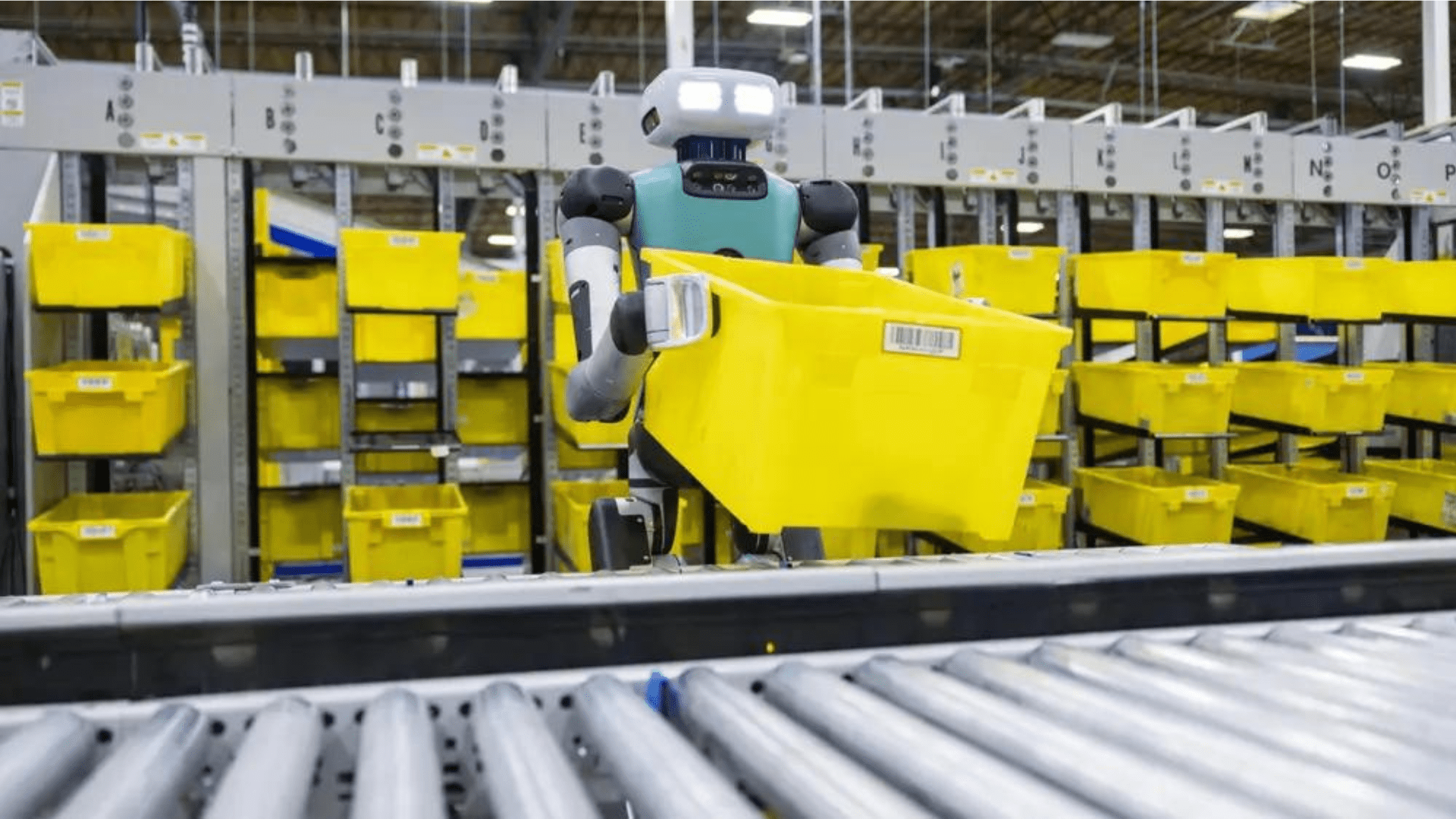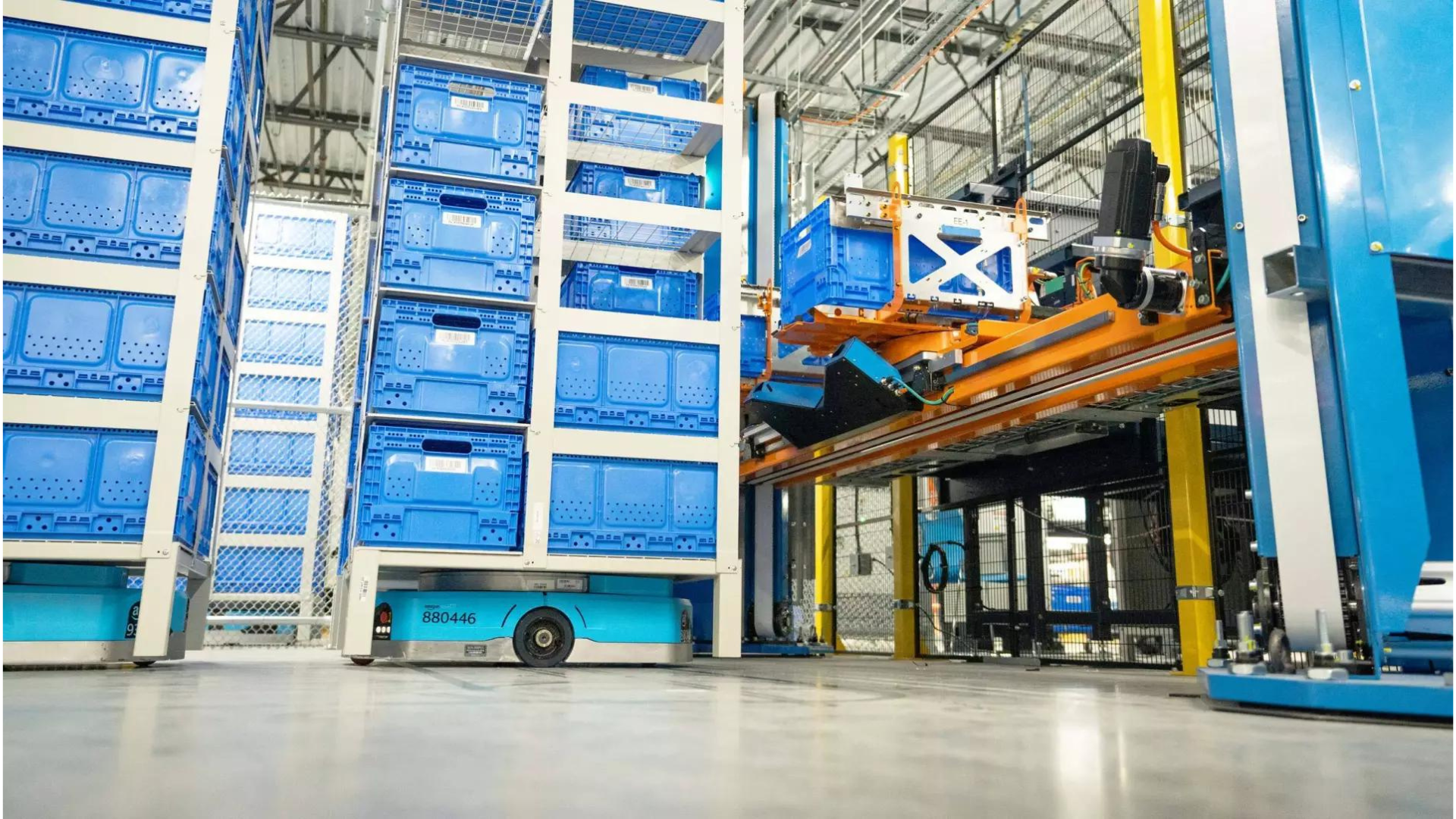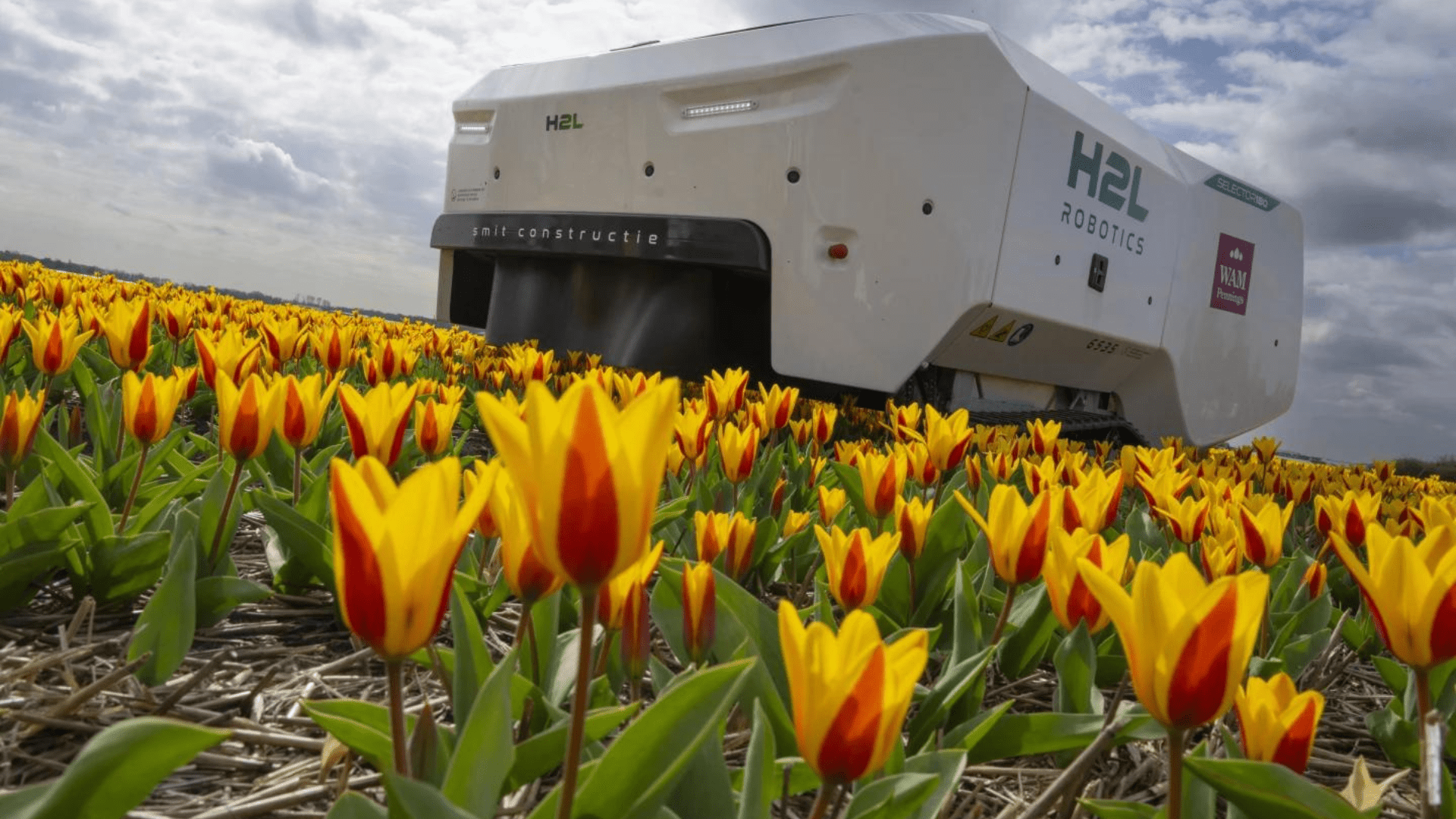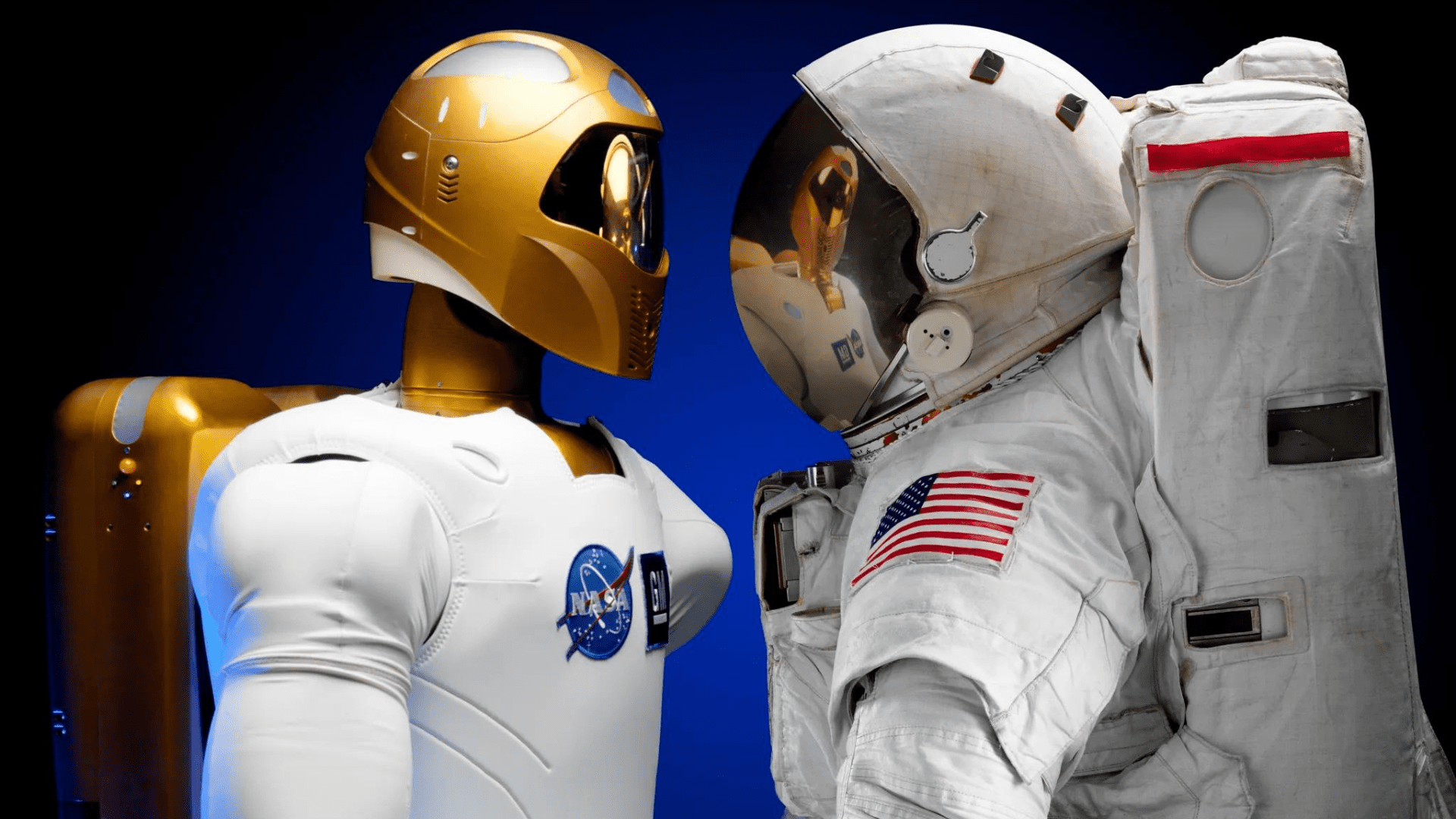Amazon’s fleet of robots is growing in the warehouses. It has been doing so for a few years now. In the last three years, Amazon has doubled the number of robots in its fulfillment centers and warehouses.
Ramping Up the Robots

The number of robots in Amazon’s fulfillment centers and warehouses went from 350,000 in 2021 to 750,000 by last June. Business Insider reported those numbers from the company’s blog post data. In addition, the e-commerce giant claims to be the “world’s largest manufacturer of industrial robots.”
Amazon has its fair share of robots with unique names and various jobs. For example, Robotic Arms Robin and Sparrow help sort customer orders. Then, there are Proteus and Hercules that look similar to a Roomba, but instead of vacuuming floors, these robots shift items such as containers. Additionally, Amazon has a robotic system called Sequoia that lifts and sorts containers. The system helps take the strain away from employees bending and stretching, Amazon Robotics’ chief technologist Tye Brady told NBC’s “Today.” Last year, the company started testing a humanoid robot called Digit from Agility Robotics.
Explore Tomorrow's World from your inbox
Get the latest science, technology, and sustainability content delivered to your inbox.
I understand that by providing my email address, I agree to receive emails from Tomorrow's World Today. I understand that I may opt out of receiving such communications at any time.
Robots Paying Off

Amazon’s expansion with robots is rising, but it seems to be paying off for the company. They say the Sequoia system helps identify and store inventory up to 75% faster. Additionally, it reduces the time needed to process orders. In 2022, the company recorded a drop in incident rates and lost-time incident rates at its Robotics sites. These rates are how often a work-related injury occurs and how much time off results in that injury. The numbers were down 15% and 18%, respectively, compared to non-Robotics sites, according to Business Insider.
Robotics firms talk up robots as a way to help ease labor shortages. Apptronik CEO Jeff Cardenas previously told Business Insider that robots perform “the dull, the dirty, and the dangerous” tasks.
Amazon’s fleet of robots is small compared to the number of human employees. Per the company’s annual report, the number of employees stood at 1.525 million full-time and part-time workers at the end of last year. However, Amazon Web Services has been cutting jobs this year.
Human and Robot
In the past, Agility Robotics president Damion Shelton told Business Insider that robots are intended to complement and elevate the productivity of human workers. There is a growing fear of robots replacing workers, but that isn’t the case, according to Amazon. Stefano La Rovere is Amazon’s director of global robotics, mechatronics, and sustainable packaging. In an interview with CNBC, La Rovere said, “Over the last years, more than 700 new categories of jobs have been created by the use of technology.”







